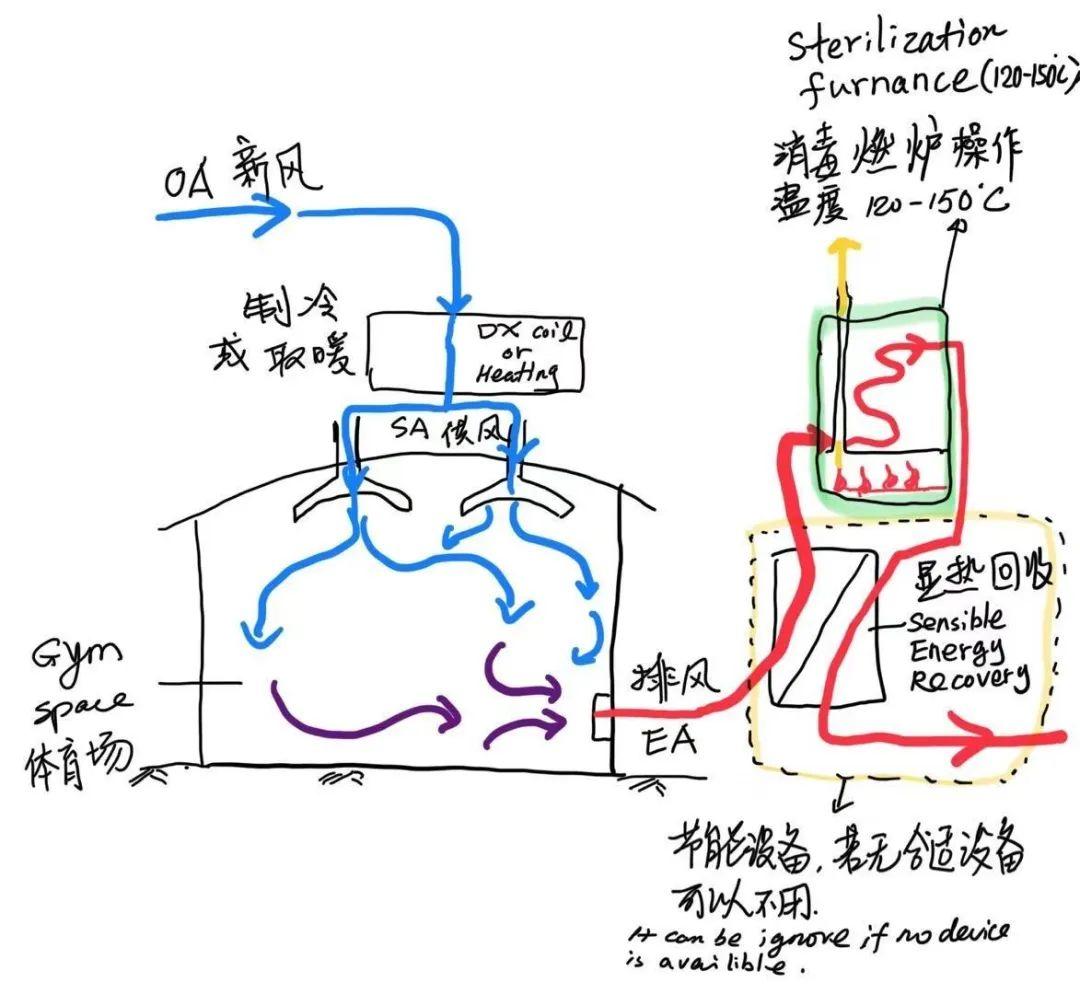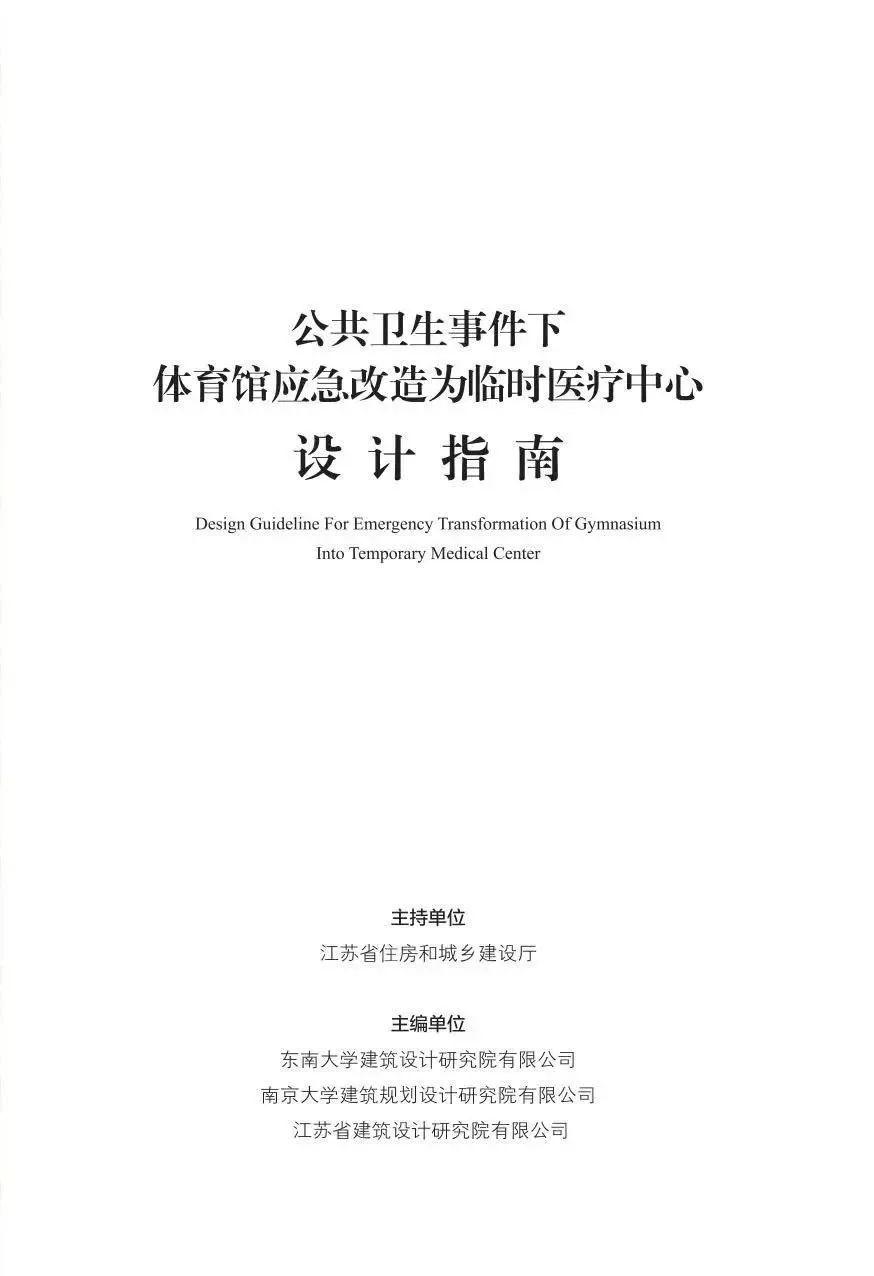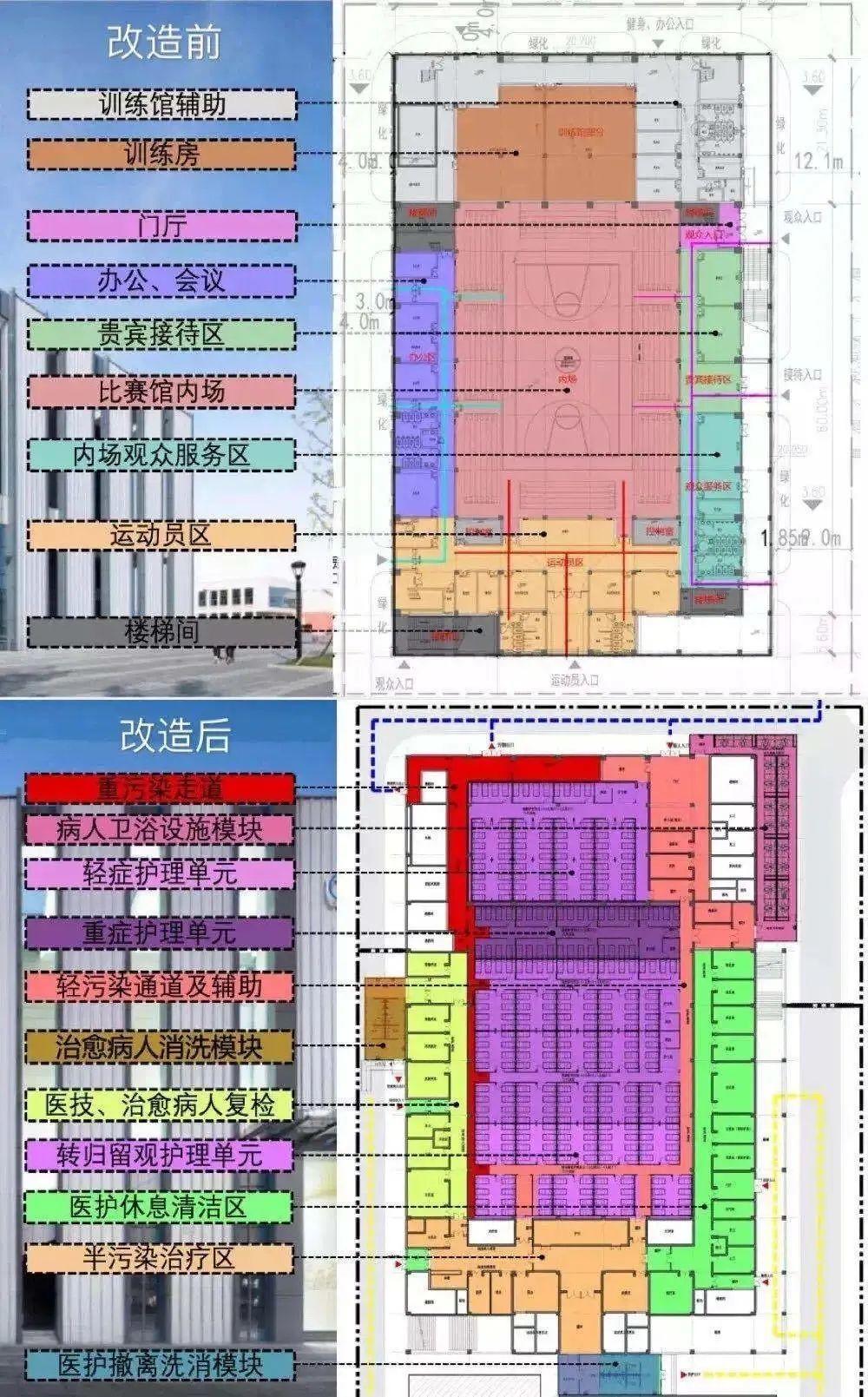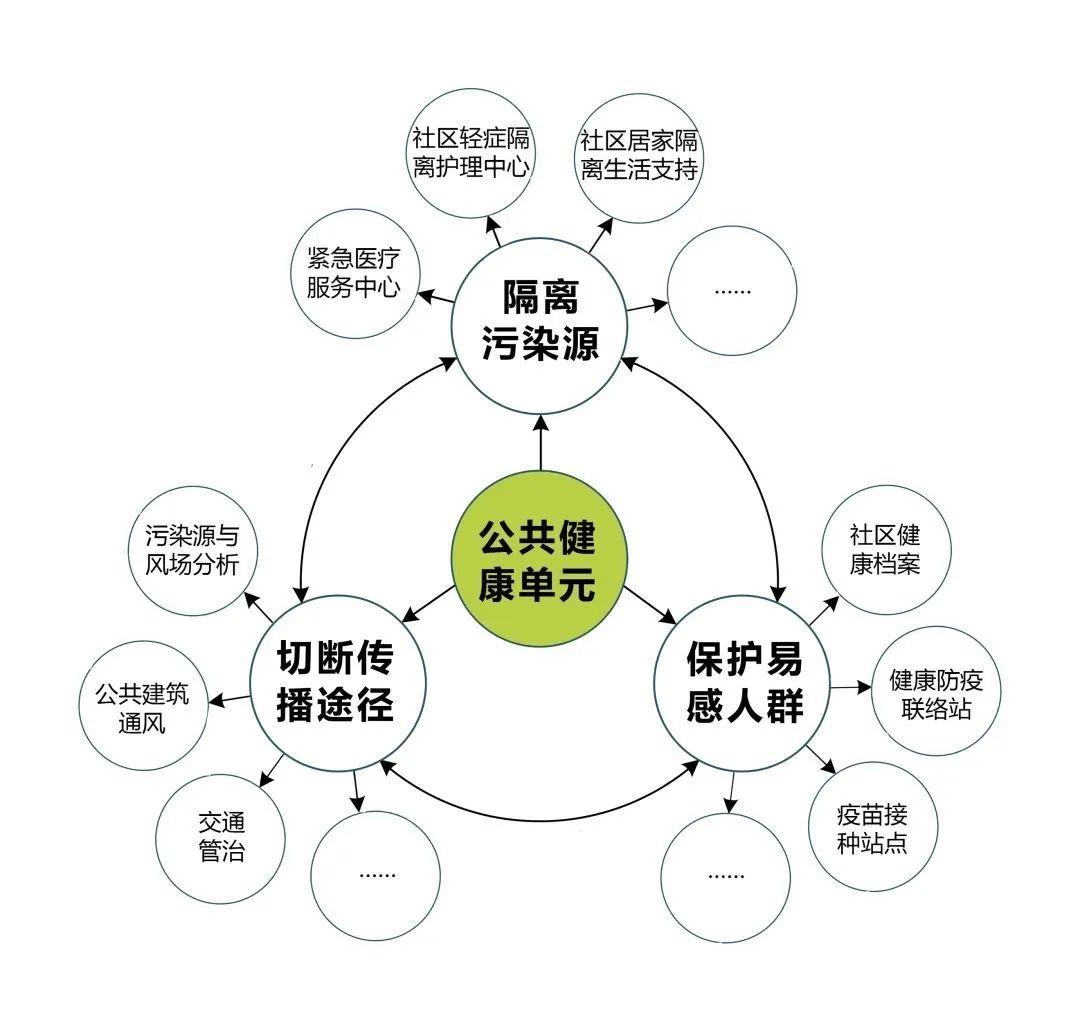
导读
当前新型冠状病毒感染的肺炎疫情严峻,我们需要共度时艰,一起努力控制疫情;也需要科学理性思考本次疫情的多个方面,反思和展望。中国城市科学研究会健康城市专业委员会和健康城市实验室启动系列推送,促进跨学科合作交流,推动多个学科共同探讨,从健康行为到健康环境,规划建设健康城市。
作者 | Hongxi Yin
InCEES Associate Professor, Sam Fox School of Design and Visual Arts, Washington University in St. Louis
作者 | 尹鸿玺
圣路易斯华盛顿大学,山姆福克斯设计与视觉艺术学院,副教授
本文为作者参与中国国际电视台“Dialogue with Yang Rui”时对话整理,视频可通过以下链接观看
https://s-url.cgtn.com/p/BBeJHAA?from=singlemessage&isappinstalled=0
以下为节目背景信息:
Taping:
Feb 27, Thursday, 20:10
Topics:
BATTLE AGAINST COVID-19
China’s efforts to contain the outbreak
Infection and mortality rates
WHO: Covid-19 can be contained
Test for public health infrastructure
Asymptomatic transmission
Wuhan’s temporary hospitals
Researchers propose high-temp virus inactivation approach
Concerns over global spread
Researchers race to develop a vaccine
How can technology help fight new diseases?
Lessons for future public health crises
Guests:
St. Louis satellite:
DR. HONGXI YIN
InCEES Associate Professor, Washington University in St. Louis
St. Louis satellite:
DR. LEYAO WANG
Instructor in Medicine, Washington University in St. Louis
上半场-NYC Skype:
JEFFREY SHAMAN
Professor of Environmental Health Sciences, Columbia University
下半场-Beijing Skype:
DR. JAMES JIAN HO
Professor & Director, Tsinghua University Healthcare Industry Research Center
Lead-in:
While new confirmed cases are dropping in China, the novel coronavirus continued its spread on a global scale with cases surging in countries such as South Korea, Italy and Iran. How serious is the threat for a global pandemic? How can the risk of cross-infection be minimized? How far are we from effective medicines and a potential vaccine? And in what ways can technology help fight new diseases like the novel coronavirus? To discuss these issues and more, I’m joined by Dr. Hongxi Yin and Dr. Leyao Wang, both from Washington University in St. Louis; Professor Jeffrey Shaman from Columbia University in New York; and Dr. James Jian Ho from Tsinghua University Healthcare Industry Research Center in Beijing. That’s our topic. This is Dialogue. I’m Zou Yue.
Question1
The outbreak is also a test for China, especially Wuhan’s public health infrastructure. Do we have sufficient infrastructure to cope with other crises like this? What’s the lesson for similar potential scenarios?
Dr. Yin Hongxi: The Chinese healthcare system had a significant improvement since 1985. The data shows the total number of beds increased from 2.9 million in 1997, to 7.3 million in 2017. The quantity and quality of the healthcare facility in China is above average in the world. However, Chinese current healthcare infrastructure and service lack resilience in response to large-scale epidemic outbreaks, such as COVID-19. We should develop a resilience framework for Chinese healthcare infrastructure in the future, providing a more comprehensive approach for optimizing responding strategies and society mitigation in the case of epidemic outbreaks.
自1985年以来,中国的医疗体系有了显着改善。数据显示,病床总数从1997年的290万张增加到2017年的730万张。中国的医疗机构的数量和质量均高于世界平均水平。但是,目前中国的医疗基础设施和服务缺乏应对大规模疫情(例如COVID-19)的弹性。未来,我们应该为中国的医疗基础设施开发一个弹力框架,为流行病爆发时的应对策略和社会缓解政策提供更全面的方法。
Question 2
How do you assess the current risk of the cross-infection risk in Wuhan’s temporary hospitals and the potential risk to the surrounding neighborhood of these hospitals?
Dr. Yin Hongxi: In the past, our urban disaster responding system was mainly aimed at natural hazards, firefighting, and wars. Chinese cities have a high population density. The neighborhood is the primary organization managing epidemic prevention measures. The temporary quarantine hospitals such as “Fang Cang” in Wuhan have a high risk of airborne contamination to the surrounding neighborhoods. From urban design and architect perspectives, the size, the supporting infrastructure, border management, and related crisis management of an urban community are directly related to the quality of life and well-being of the people. Urban designers and architects should closely coordinate with the environmental engineers to mitigate the potential airborne and other media infectious diseases in a high-density urban context.
过去,我们的城市灾害应对系统主要针对自然灾害,消防和战争。将来,我们必须发展必要的能力,以应对城市环境中新出现的大规模传染性公共卫生危机。中国城市人口密度高。社区是管理防疫措施的主要组织。武汉市的“方舱”等临时隔离医院极有可能对周围社区造成空气污染。从城市设计和建筑师的角度来看,城市社区的规模,支持的基础设施,边境管理和相关的危机管理计划直接关系到人民的生活质量和福祉。在高密度的城市环境中,城市设计师和建筑师应与环境工程师紧密协调,以减轻潜在的空气传播和其他媒体广泛传播的传染病。
Question 3
Dr. Yin, you put forward the concept of a high-temperature virus inactivation approach using a combustion sterilization system for those temporary hospitals in Wuhan. In what ways would it help?
Dr. Yin Hongxi: Many studies indicate that viruses can be spread for more than a hundred kilometers through airborne particulates. High-temperature virus inactivation is an effective way to prevent the infection from spreading in the public health field. Four scientists from Washington University in St. Louis, Purdue University, and Oak Ridge National Laboratory put forward the concept of a high-temperature virus inactivation approach to heat the indoor contaminated exhaust air in a natural gas combustion furnace to a minimum of 100 oC to inactive Corona Virus to 99.999%. The heated exhaust air is used to preheat the cold exhaust air before it enters the combustion furnace. This method can minimize the possibility of contamination in high-density communities around the “Fang Cang” hospitals.
有许多研究表明,病毒可以通过空气传播的微粒传播一百多公里。高温病毒灭活是防止病毒在公共卫生领域传播的有效方法。来自圣路易斯华盛顿大学,普渡大学和橡树岭国家实验室的四位科学家提出了一种高温病毒灭活方法的概念,该方法可以将天然气燃烧炉中室内被污染的废气加热到最低100 oC 灭活的Corona病毒达到99.999%。加热的废气用于在进入燃烧炉之前预热冷的废气。这种方法可以最大程度地降低大型集中传染病医院(例如“方舱”医院)附近高密度社区的污染可能性。
Question 4
We’ve seen some inspiring examples of technologies that are being used in China to combat this deadly virus. Robots are used in initial inquiries, diagnosis, ward nursing, disinfection, and other tasks. Technology companies are offering free online consultation for patients at home. In what other ways can technology help fight new diseases like the coronavirus?
Dr. Yin Hongxi: There are two primary technical approaches to stop virus airborne spreading. One is to dilute the active concentration of the virus using a large quantity of fresh air. The other way is to reduce the active concentration of the virus by air filtration or directly inactive the virus using sterilization materials or devices. Both approaches are widely used in the battle with the COVID-19 virus in different ways. COVID-19 type of epidemic crisis will accompany Human beings for the long term, especially the frequencies that may be accelerated by climate change globally. Technology and innovation can be more effective in a broader resilience framework in responding to public health crises.
为了阻止病毒在空中传播,有两种主要技术方法。一种是使用大量新鲜空气来稀释病毒的活性浓度。另一种方法是通过空气过滤降低病毒的活性浓度,或使用灭菌工具或设备使病毒直接失活。两种方法都以不同的方式广泛用于与COVID-19病毒的战斗中。COVID-19型流行病的危机将长期伴随着人类,特别是,全球气候变化可能会加快这种频率。在更广泛的弹性框架中,技术和创新可以更有效地应对公共卫生危机。
Question 5
To what extent does China have what it takes to combat potential public health crises in the near future, in terms of medical capability and technology?
Dr. Yin Hongxi: In academia, many scholars have proposed innovative ways to deal with future epidemic crises. For example, Professor Dongqing Han of Southeast University and his team developed the “Design Guidelines for Transforming a Gym into a Temporary Medical Center.” Here is a picture of their work. In another case, Professor Lan Wang of Tongji University proposed the innovative planning concept of the “public health unit” in the picture, which prevents and controls infectious diseases through three measures: 1) isolating the source of infection, 2) cutting off the transmission route, 3) Protect vulnerable groups. IPPR team developed the design standard of Infectious Disease Emergency Medical Facility, etc. Many scholars and medical service providers in China and the United States are working diligently to carry out basic research to learn more about COVID-19 disease. We are racing against the virus; the brave will prevail.
在学术界,许多学者提出了创新的方法来应对公共卫生领域的未来危机。例如,东南大学的韩冬青教授及其团队制定了“将体育馆变成临时医疗中心的设计准则”。这是他们工作的照片。在另一种情况下,同济大学的王兰教授在图片中提出了“公共卫生单元”的创新规划概念,该规划概念通过三种措施预防和控制传染病:1)隔离感染源,2)阻断传播 3)保护弱势群体。中元国际工程有限公司团队编制的“传染病应急医院设计标准”等。中国和美国的许多学者和医疗服务提供者都在努力开展基础研究,以了解有关COVID-19疾病的更多信息。我们正在与病毒作斗争;勇敢者将占上风。



“将体育馆变成临时医疗中心的设计准则” 系列照片

“公共卫生单元”的创新规划概念
来源:同济大学王兰教授,“健康融入15分钟社区生活圈”健康城市实验室公众号推文

新型冠状病毒感染的肺炎传染病应急医疗设施设计标准
观看视频详情请点击如下链接或点击左下角“阅读原文”
https://s-url.cgtn.com/p/BBeJHAA?from=singlemessage&isap
『创建健康城市』
微信号:健康城市实验室WLANLab

原文始发于微信公众号(健康城市实验室WLANLab):【疫情思考】尹鸿玺 | BATTLE AGAINST COVID-19
 健康城市:应对新冠疫情专栏
健康城市:应对新冠疫情专栏